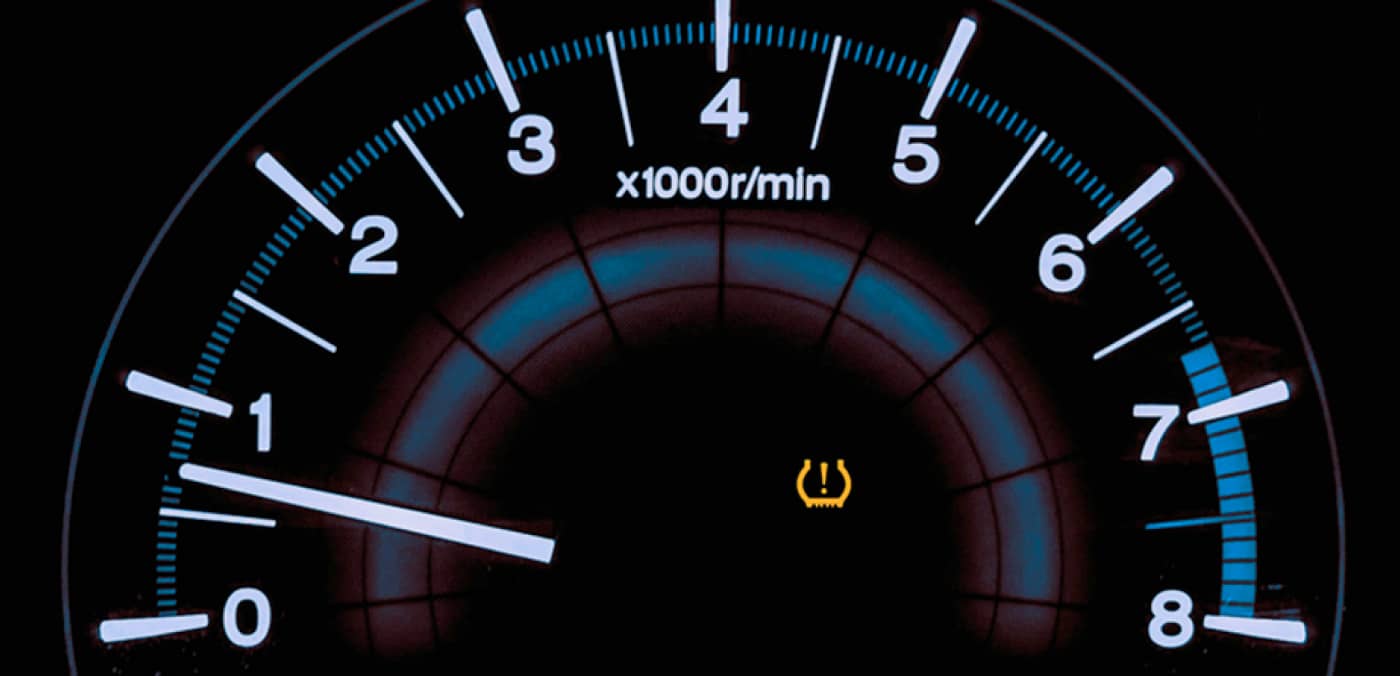Tire Pressure Monitoring System (TPMS) Light Flashing: A Comprehensive Guide
The Tire Pressure Monitoring System (TPMS) is a safety feature designed to alert drivers when their tires are underinflated. This early warning can help prevent accidents, improve fuel efficiency, and extend tire life. However, when the TPMS light flashes, it signals a potential problem that needs attention. In this article, we’ll delve into the reasons why your TPMS light might be flashing, how to interpret the signals, and what steps to take to address the issue.
1. Enhanced Safety: Underinflated tires can lead to loss of control, especially in adverse weather conditions. A TPMS provides real-time monitoring, allowing drivers to take corrective action before a dangerous situation arises.
2. Improved Fuel Efficiency: Underinflated tires increase rolling resistance, which means your engine has to work harder to keep the vehicle moving. This can lead to reduced fuel economy and higher fuel costs.
3. Extended Tire Life: Maintaining proper tire pressure helps prevent uneven wear, which can prolong the lifespan of your tires.
4. Peace of Mind: Knowing that your tires are properly inflated can give you added peace of mind while driving.

Image Source: bridgestonetire.com
1. Familiarize Yourself with Your Vehicle’s System: Different car models may have slightly different TPMS systems. Consult your owner’s manual to understand how your specific system works and what the various warning signals mean.
2. Check Tire Pressure Regularly: Even if your TPMS light isn’t flashing, it’s essential to check your tire pressure at least once a month. The recommended pressure is usually found on a sticker inside the driver’s side door jamb or in your owner’s manual.
3. Use a Reliable Tire Pressure Gauge: A quality tire pressure gauge will provide accurate readings. Avoid using the gauges built into air pumps at gas stations, as they can sometimes be inaccurate.
1. Ignoring a Flashing TPMS Light: If your TPMS light is flashing, don’t ignore it. It’s a sign that there’s a problem with your tires that needs to be addressed promptly.
2. Assuming a Slow Leak: While a slow leak is a common cause of low tire pressure, other factors can also contribute. Check for punctures, cuts, or other damage to your tires.
3. Overinflating Tires: Overinflating tires can be just as dangerous as underinflating them. It can lead to reduced traction and increased risk of a blowout.
4. Neglecting Tire Maintenance: Regular tire maintenance, including rotations and alignments, is essential for maintaining proper tire pressure and preventing premature wear.

Image Source: dealerinspire.com
What does it mean when the TPMS light flashes and then stays on? This usually indicates a low tire pressure in one or more of your tires. Check the pressure in each tire and inflate them to the recommended level.
The TPMS is a valuable safety feature that can help prevent accidents and improve fuel efficiency. By understanding how to use your TPMS system, recognizing the warning signals, and taking prompt action, you can ensure the safety of yourself and your passengers. Remember, regular tire maintenance and attention to the TPMS light are essential for maintaining optimal tire performance.
tire pressure monitoring system light flashing

Image Source: ytimg.com
